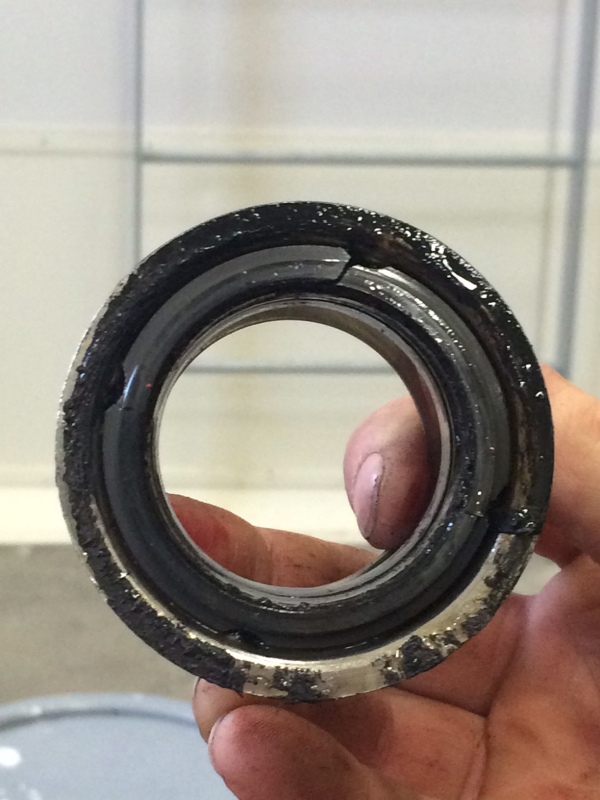Hi,
I have a 120 Ton multistack chiller with two armstrong series 4382 25HP Pumps with 6" inlet and a 6" outlet that immediately gets reduced to a 4" header in the chiller. We have three of these chillers on-site and have found the seals leaking on all the primary pumps of each chiller. (secondary pumps are only for backup). We originally had to up-size the pump from a 15HP to a 25HP and we're getting about 430gpm. We've already replaced one seal on a pump and the new seal started leaking a few weeks down the road. The seals we have are spec'd for these pumps and are meant for systems with over 30% glycol. We have 35% in our system. We originally had a lot of air in the system that we thought could potentially heat up when cavitating in the pump and ruining the seals. We now have air separators on the chilled water system so it shouldn't be the problem.
Any ideas?
I have a 120 Ton multistack chiller with two armstrong series 4382 25HP Pumps with 6" inlet and a 6" outlet that immediately gets reduced to a 4" header in the chiller. We have three of these chillers on-site and have found the seals leaking on all the primary pumps of each chiller. (secondary pumps are only for backup). We originally had to up-size the pump from a 15HP to a 25HP and we're getting about 430gpm. We've already replaced one seal on a pump and the new seal started leaking a few weeks down the road. The seals we have are spec'd for these pumps and are meant for systems with over 30% glycol. We have 35% in our system. We originally had a lot of air in the system that we thought could potentially heat up when cavitating in the pump and ruining the seals. We now have air separators on the chilled water system so it shouldn't be the problem.
Any ideas?

